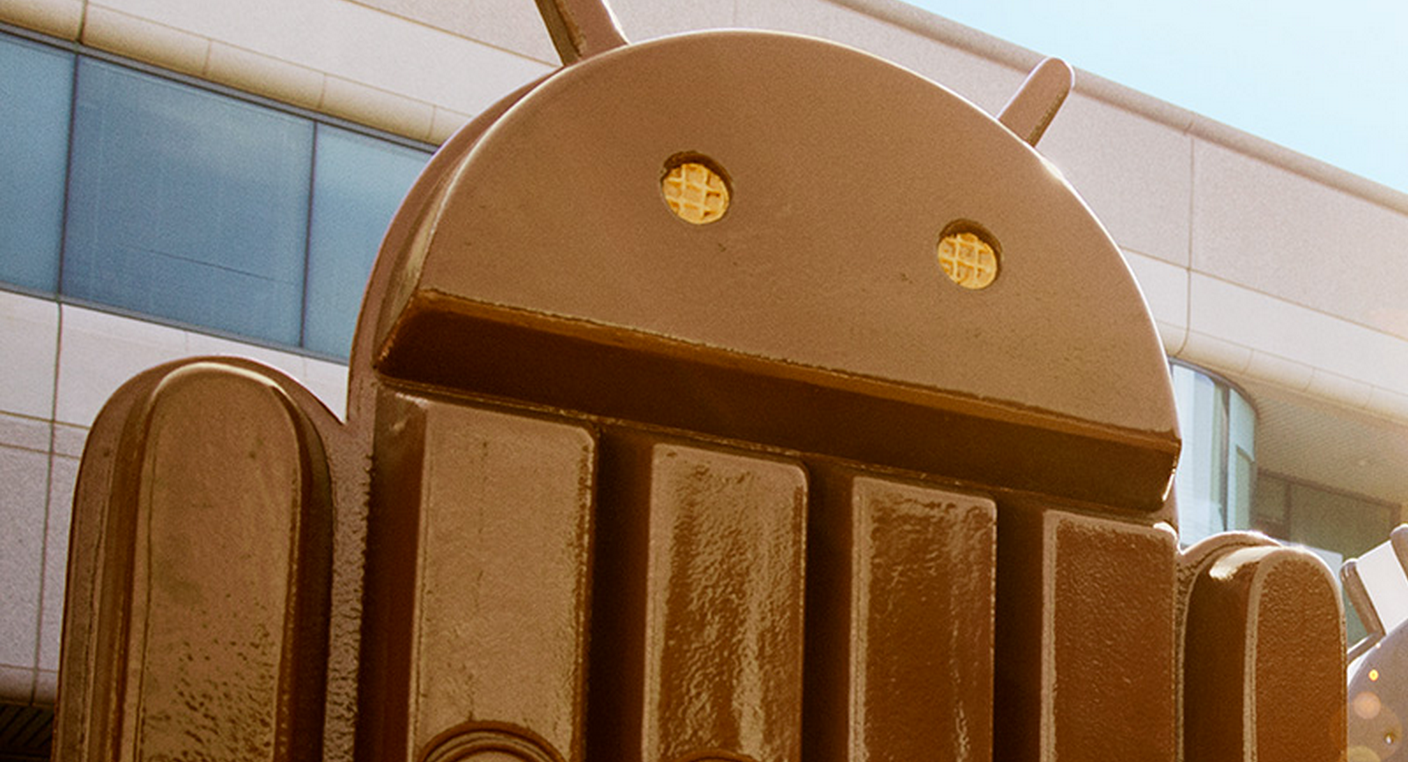One of the prominent changes to Android 4.4 KitKat is a focus on budget smartphone performance. Google highlighted the major change to the Android platform on Tuesday, when it unveiled KitKat, the next version of Android, in its mission of "building a platform that makes mobile phones accessible for everyone".
It's no secret newer versions of Android haven't been able to reach lower-spec'd or older devices, but Google says KitKat will change that. The company has decreased the amount of memory Android takes up with KitKat that will allow it to install on lower-cost devices.
Additionally, removing unnecessary background services and reducing memory consumption was at the focus. Reduced memory access is now a focus on core Google apps/services as well, including Chrome and YouTube.
"RAM [or memory] is one of the most expensive parts of a phone, and now Android can run comfortably on the 512MB of RAM devices that are popular in much of the world, bringing the latest goodies in Android 4.4 within reach for the next billion smartphone users," Google said.
Taking a look at Google's Android distribution, numbers show older versions like Gingerbread are still found on roughly 30 per cent of Android devices on the market. Google didn't specify which budget handsets would be upgraded to KitKat, leaving it to the smartphones makers to disclose the information.
Even with its focus on older handsets, Google's Galaxy Nexus won't be upgraded to KitKat. "Galaxy Nexus, which first launched two years ago, falls outside of the 18-month update window when Google and others traditionally update devices," the company wrote.
Along with its budget smartphone focus, Android 4.4 KitKat was announced with a redesigned launcher, new Hangouts app, updates to Google Now, faster multi-tasking, and changes to the Phone app.

